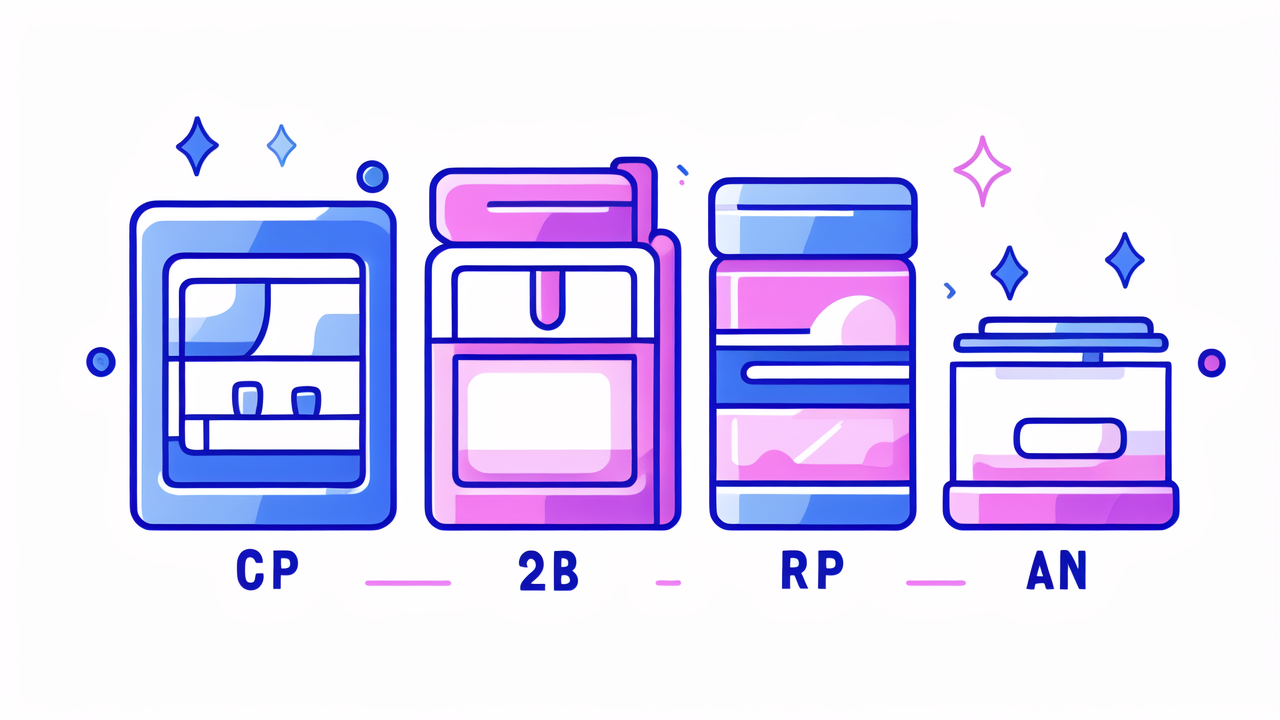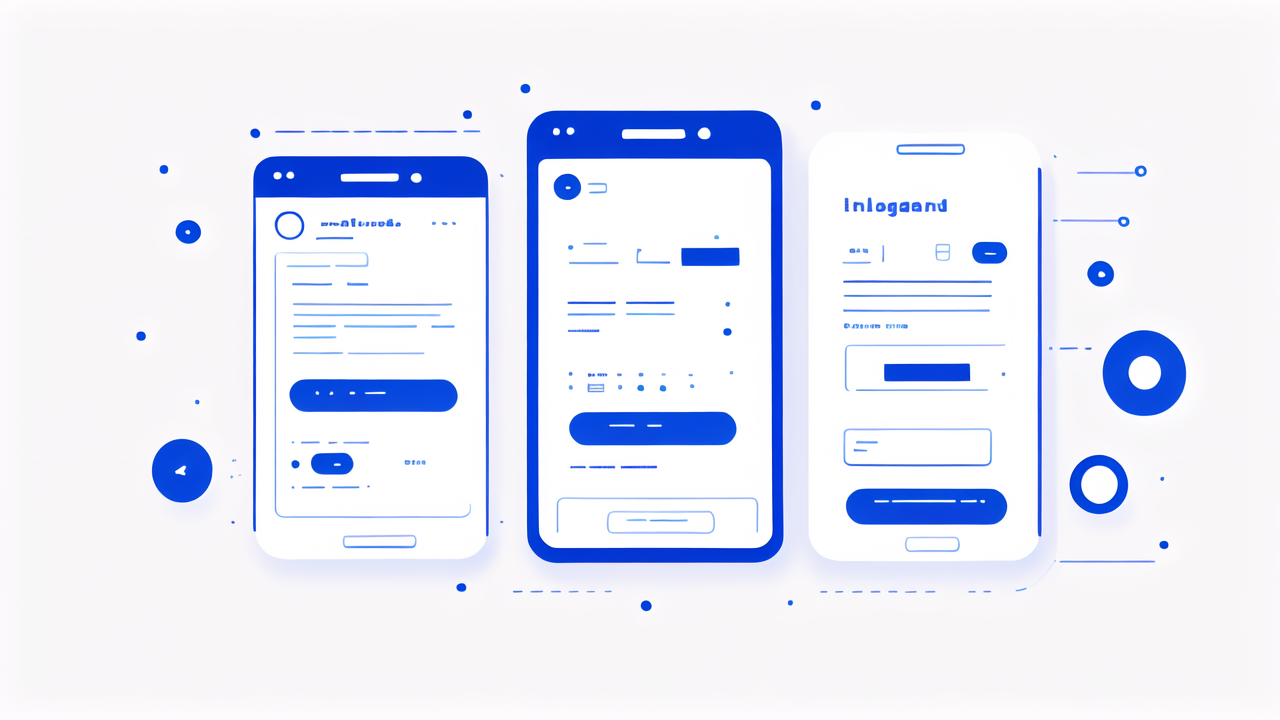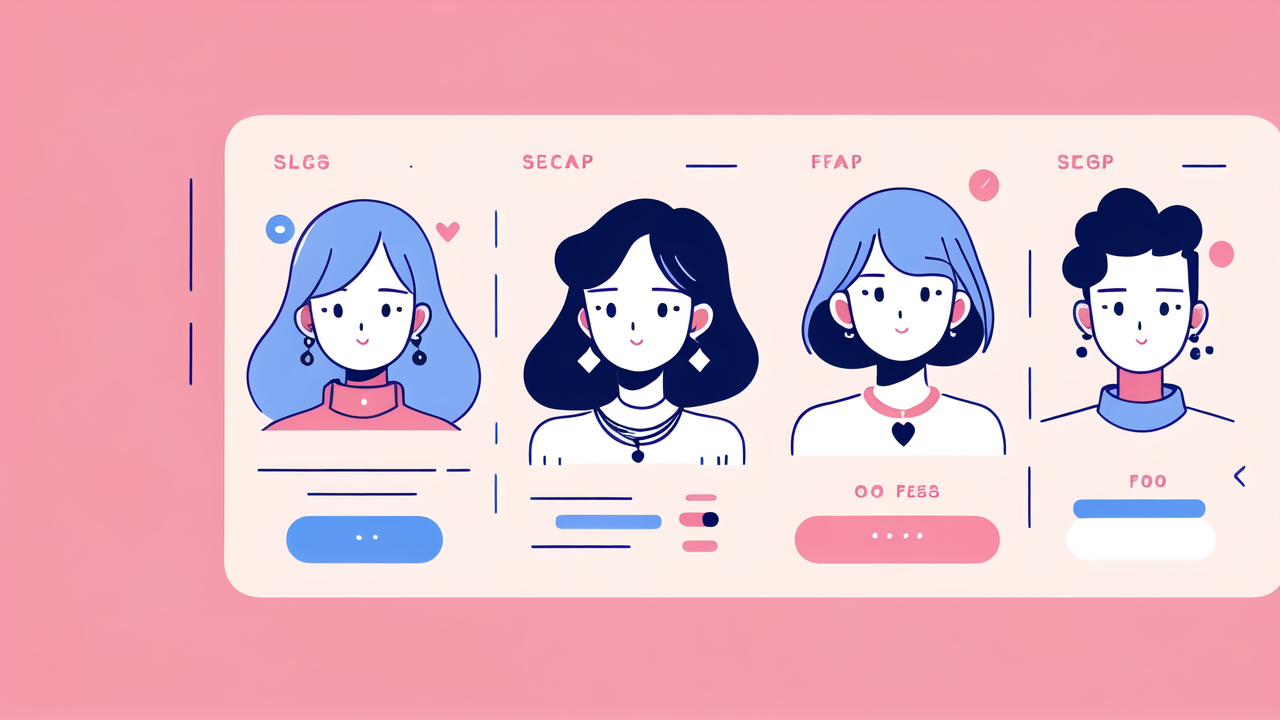Understanding the Value of Diamonds
The Basics of Diamond Appreciation
Diamonds have long been a symbol of luxury and status, especially in hip hop jewelry. But what makes a diamond truly valuable? It's not just about size. The "Four Cs" are key: Cut, Color, Clarity, and Carat weight.

Cut affects how light reflects through the stone. A well-cut diamond sparkles more. Color ranges from colorless to yellow. The less color, the more valuable. Clarity refers to tiny flaws called inclusions. Fewer inclusions mean higher value. Carat weight measures the diamond's size.
Remember, these factors work together. A smaller, high-quality diamond may be worth more than a larger, lower-quality one. Understanding these basics helps you make smarter choices when buying diamonds.
Factors That Affect Diamond Value
Beyond the Four Cs, other factors influence a diamond's worth. Rarity plays a big role. Some diamond shapes are harder to find, making them pricier. For example, round brilliant cuts are common, while pear shapes are rarer.
Market demand also affects price. Trends in hip hop jewelry can drive up costs for certain styles. The diamond's origin matters too. Some buyers prefer conflict-free diamonds from ethical sources. These often command higher prices.
Certification is crucial. Diamonds graded by respected labs like GIA tend to be more valuable. They come with detailed reports about the stone's qualities. This gives buyers confidence in what they're getting.
Lastly, brand name can impact value. Diamonds from famous jewelers often cost more due to reputation and craftsmanship. Keep these factors in mind when assessing a diamond's true worth.
Spotting the Real Gems: How to Use a Diamond Tester App
What to Look for in a Diamond Tester App
Choosing the right diamond tester app is crucial. Look for apps with high user ratings and positive reviews. They should be easy to use, even for beginners. The best apps offer clear instructions and tutorials.

Accuracy is key. Good apps use advanced technology to detect real diamonds. They should distinguish between diamonds and common simulants like cubic zirconia. Some apps even identify different gemstones.
Look for apps that provide detailed results. They should explain why a stone passes or fails the test. Extra features like a magnifying tool can be helpful. This lets you examine the diamond's surface closely.
Updates are important. The app should be regularly maintained and improved. This ensures it stays accurate with new types of synthetic diamonds. Free apps can be good, but paid versions often offer more features.
The Process of Testing a Diamond with Your Smartphone
Testing a diamond with your smartphone is surprisingly simple. First, clean the diamond thoroughly. Dirt or oil can affect the test results. Make sure your phone's camera lens is clean too.
Open the diamond tester app and follow its setup instructions. Most apps use your phone's camera and flash. Some might ask you to calibrate the app with a known real diamond first.
Place the diamond on a dark, non-reflective surface. This helps the app see the stone clearly. Hold your phone steady above the diamond. The app will guide you on the correct distance and angle.
Tap the screen to start the test. The app will use light reflection patterns to analyze the stone. This usually takes a few seconds. Be patient and keep your hand still during the process.
The app will then display its verdict. It might say "Real Diamond," "Possible Fake," or give more detailed information. Some apps offer advice on next steps, like getting a professional appraisal.
The Financial Wisdom Behind Using a Diamond Tester App
How to Save Money on Diamond Purchases
A diamond tester app can be a game-changer for savvy shoppers, especially in the world of hip hop jewelry. It helps you avoid overpaying for fake stones. This tool gives you confidence to explore more buying options.

Consider buying from online marketplaces or smaller jewelers. They often have lower overhead costs than big stores. This can mean better prices for you. But always use your app to verify authenticity.
Look for diamonds just under popular carat weights. For example, a 0.9-carat diamond can be much cheaper than a 1-carat stone. Yet, it looks almost the same size to the naked eye.
Timing your purchase can lead to savings. Jewelers often have sales after major holidays. This is when they're trying to clear out inventory. Your app can help you spot real deals during these times.
Don't shy away from slightly included diamonds. If the flaws aren't visible to the naked eye, they can be great value. Your app can help you judge if the price matches the quality.
Avoiding Pitfalls: Tips from the App's Expert Community
Many diamond tester apps have forums or community sections. These are goldmines of information. Users share their experiences and tips. Pay attention to warnings about common scams or unreliable sellers.
Experts often advise getting a second opinion. Use your app as a first step, but consider professional appraisal for big purchases. This is especially true for expensive hip hop jewelry pieces.
Be wary of deals that seem too good to be true. If a "diamond" is priced suspiciously low, it's probably fake. Your app can quickly confirm your suspicions. Trust your instincts and the app's results.
Learn to spot signs of fake certification. Some sellers provide false papers with fake diamonds. Community members often share how to identify genuine certificates. This knowledge, combined with your app, provides double protection.
Remember, no app is perfect. If you're unsure, seek advice from the community. Many members are happy to look at photos of your stone and offer opinions. This collective wisdom can be incredibly valuable.






